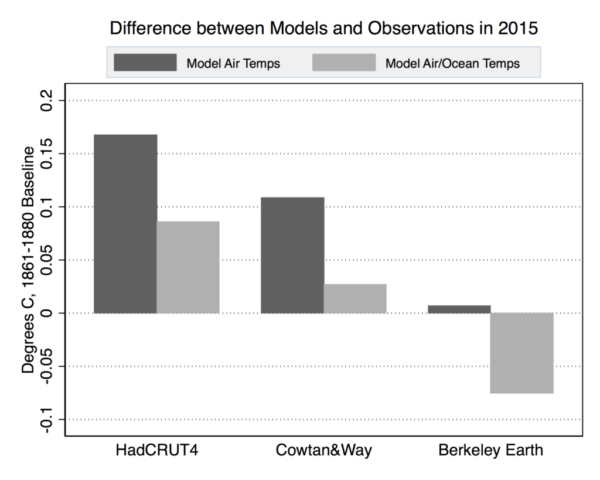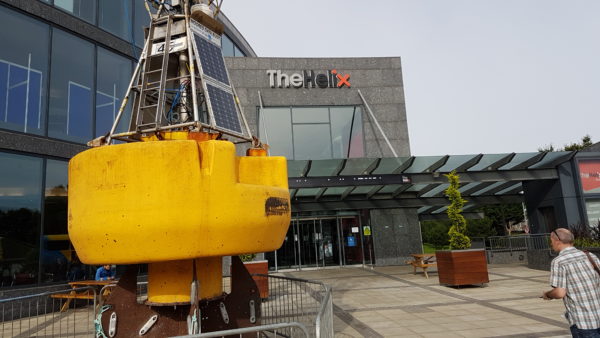There have been a number of studies which show that we can expect more extreme rainfall with a global warming (e.g. Donat et al., 2016). Hence, there is a need to increase our resilience to more rainfall in the future.
We can say something about how the rainfall statistics will be affected by a global warming, even when the weather itself is unpredictable beyond a few days.
Statistics is remarkably predictable for a large number of events where each of them is completely random (welcome to thermodynamics and quantum physics).
The normal distribution has often been used to describe the statistical character of daily temperature, but it is completely unsuitable for 24-hr precipitation. Instead, the gamma distribution has been a popular choice for describing rainfall.
I wonder, however, if there is an even better way to quantify rainfall statistics.
[Read more…] about A brief review of rainfall statistics
References
- M.G. Donat, A.L. Lowry, L.V. Alexander, P.A. O’Gorman, and N. Maher, "More extreme precipitation in the world’s dry and wet regions", Nature Climate Change, vol. 6, pp. 508-513, 2016. http://dx.doi.org/10.1038/nclimate2941

